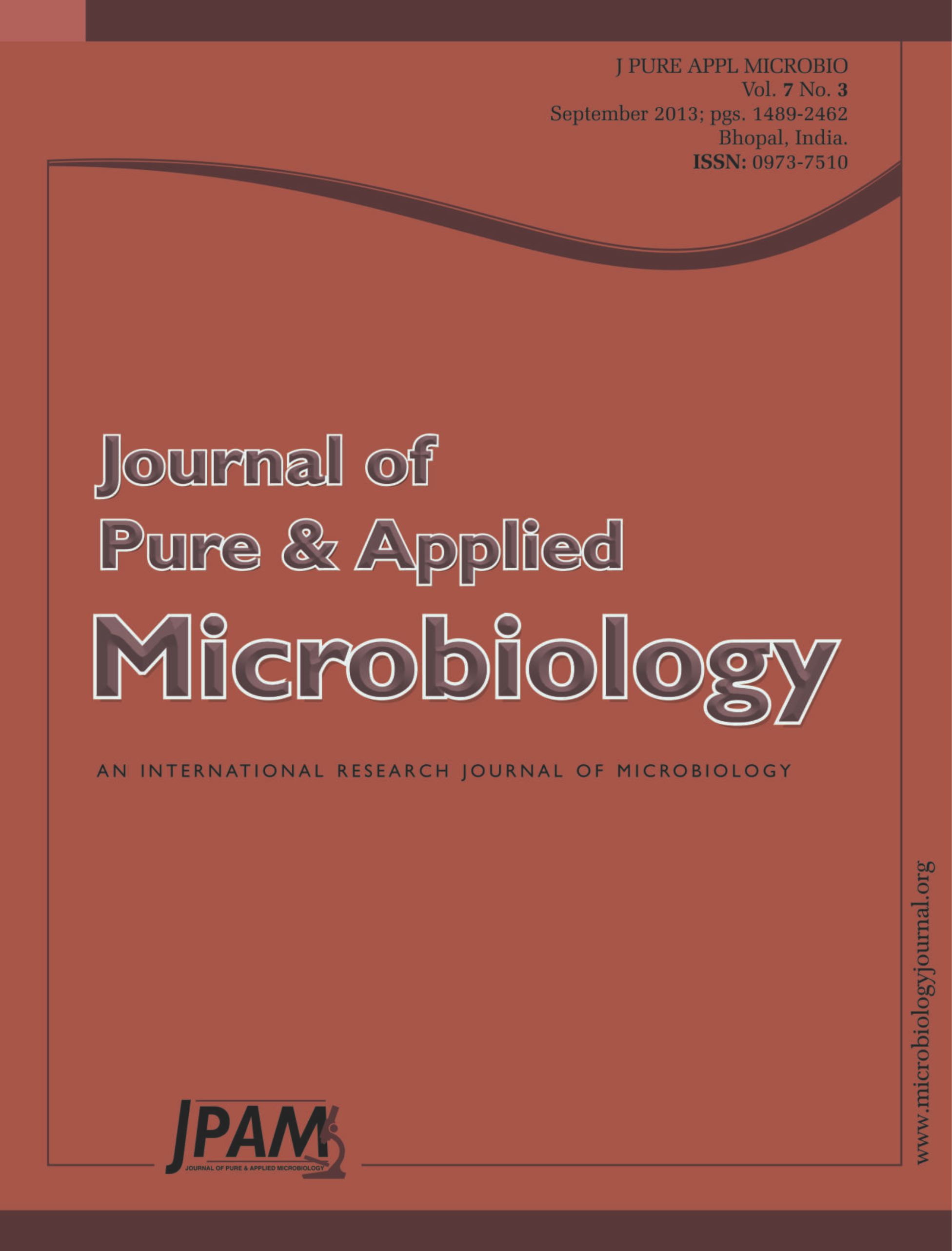Biodegradation by natural populations of microorganisms is easy, cheap and environmental friendly than other remediation technologies. Keeping this in view, 182 oil utilizing bacteria were isolated. These isolates were screened for biosurfactant production and only 25 isolates were showed biosurfactant production. Further, these isolates were tested for nitrogen fixing capability and phosphate solubilization. The isolate OBD 17 showed 756 µg P/ml of solubilization and 921 nmole C2H4 h-1 mg-1 protein of nitrogen fixation. Whereas, isolate OBD 36 showed 697 µg P/ml of solubilization and 781 nmole C2H4 h-1 mg-1 protein of nitrogen fixation. These two most efficient isolates were grown in three different hydrocarbons (kerosene, diesel and engine oil) and results showed that both isolates efficiently grow in diesel followed by engine oil. Finally, these two isolates were tested under different temperature and pH conditions. These isolates survived well under various conditions and showed maximum growth at 30°C at pH 7.0. The 16S rRNA gene sequencing showed that isolate OBD 17 was Pseudomonas fluorescens and isolate OBD 36 was Micrococcus luteus. Since, these native isolates not only have biodegradation activity but also, have high nitrogen fixing and phosphate solubilization capability. So, these isolates have immense potential to be used for bioremediation purpose as well as biofertilizers in agriculture for increasing crop production.
Bioremediation, Biosurfactant, Nitrogen fixation, Phosphate solubilization, 16S rRNA
© The Author(s) 2014. Open Access. This article is distributed under the terms of the Creative Commons Attribution 4.0 International License which permits unrestricted use, sharing, distribution, and reproduction in any medium, provided you give appropriate credit to the original author(s) and the source, provide a link to the Creative Commons license, and indicate if changes were made.


